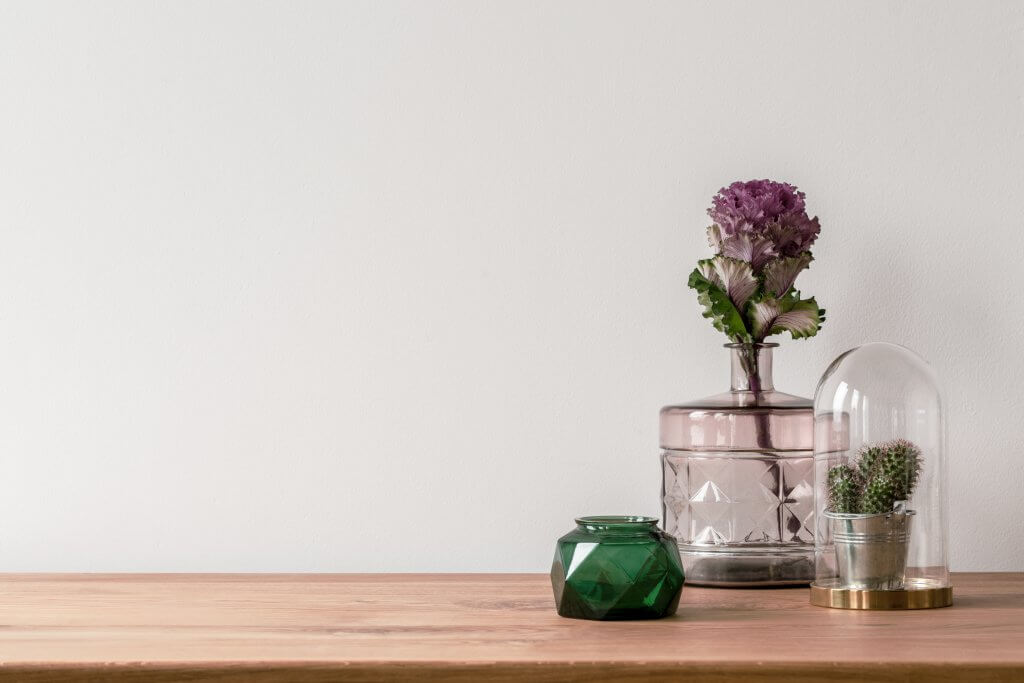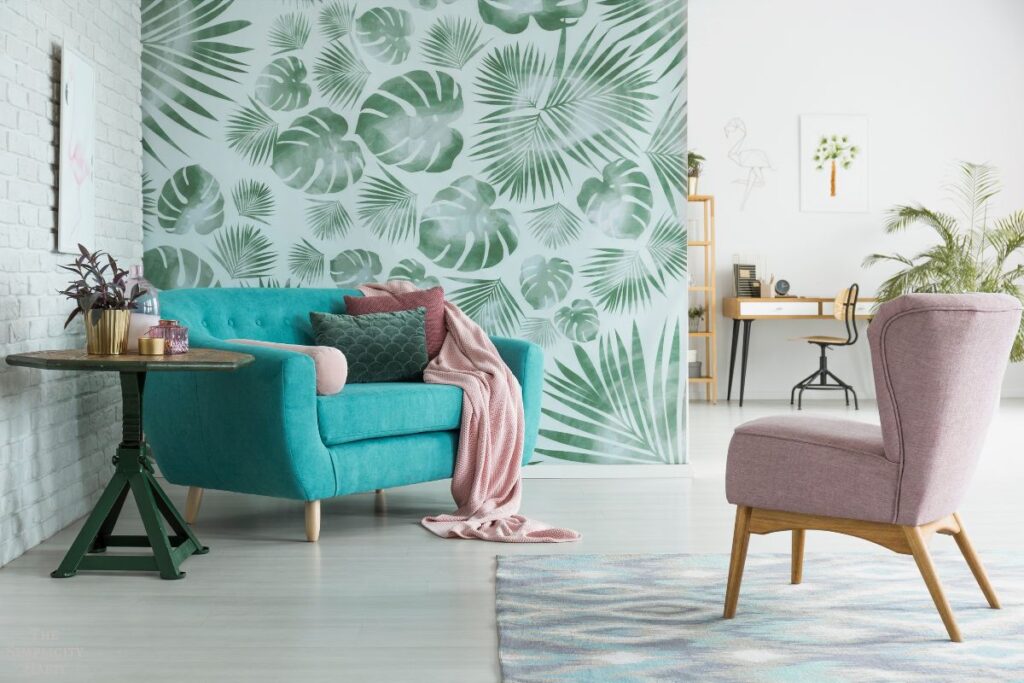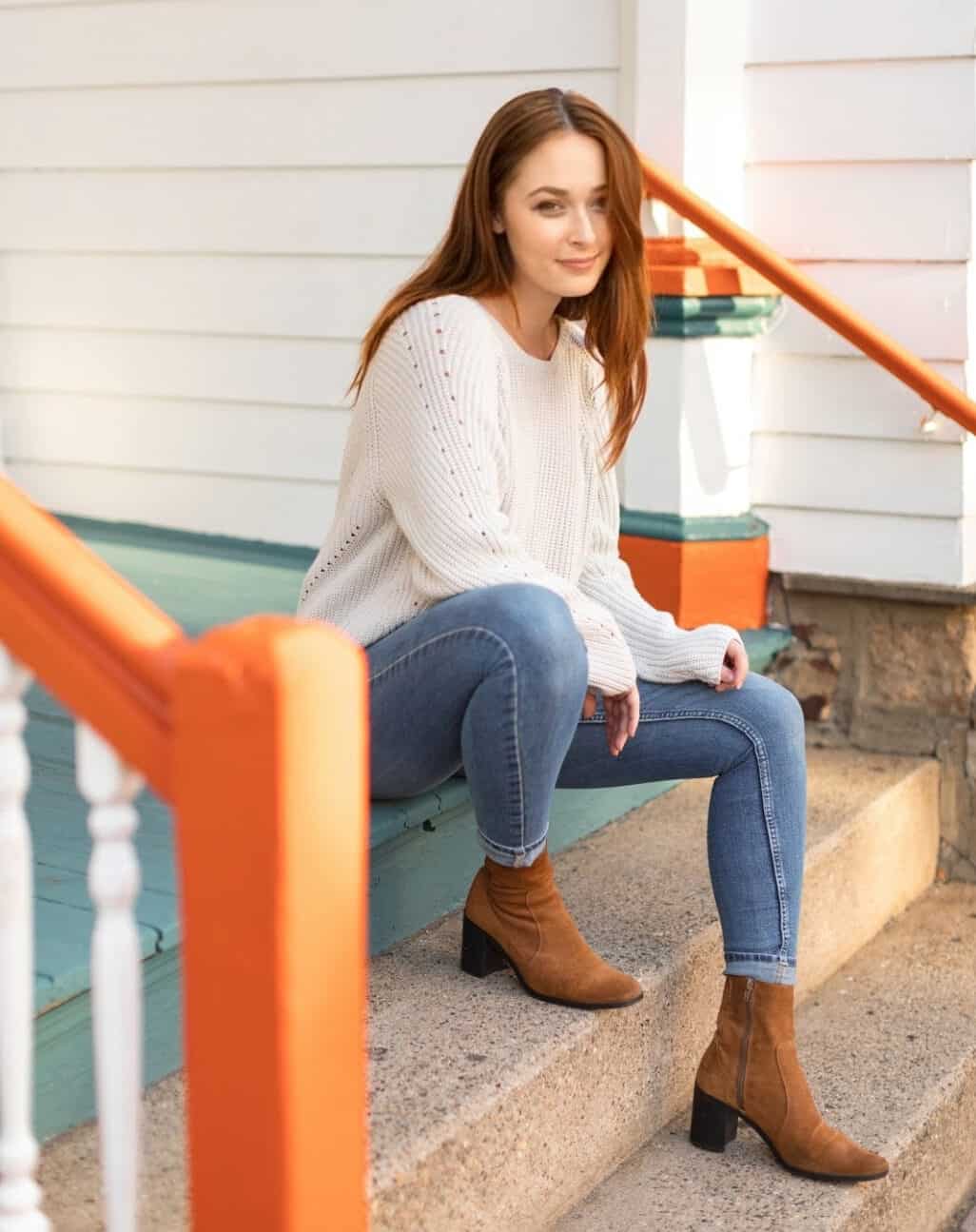Inside: Learn how to adopt a minimalist lifestyle while retaining your unique style by using these eight tips.
A guest post by Cora Gold
When people think about minimalism, they often think of a clean, all-neutral home that almost looks like no one lives there.
However, minimalism is more than the popular minimalist decor aesthetic. You can live minimally without changing your unique style.
While simplicity is one of the concepts of minimalism, you can still embrace the core tenets while keeping your favorite colors and possessions.
Here are some ways you can live minimally while maintaining your unique style.

8 Ways to Adopt a Minimalist Lifestyle While Retaining Your Unique Style
Being on a journey to live as a minimalist doesn’t mean you have to give up your personal style or get rid of everything you love.
Use these eight tips to adopt a minimalist lifestyle while retaining your unique style.
1. Stop Buying Stuff
StorageCafe surveyed 18,000 people and found around 21% of Americans use self-storage units. An additional 15% are planning to use one soon.
The survey also showed around 40% of users cited not enough space at home as their reason for renting a storage unit.
It’s impossible to make progress with decluttering if you continue bringing new items into the mix. The first step in a minimalist journey should be to slow your spending.
When you quit buying unnecessary items, your pocketbook will also thank you. Check out these common items minimalists don’t own to help you consider what you could stop buying.

2. Keep Only What You Love
The average person has many items they don’t use. Part of embracing minimalism is getting rid of most of that “stuff.”
Take photos of the things you don’t need but want to remember and then part ways.
Prioritize the items that truly bring you joy. For example, having paintings in your favorite art style on the wall can show off your personality without creating too much clutter.
Even if they feature bright colors and patterns, they can still fit into your minimalist lifestyle. You don’t need to replace them with minimalist art just because that’s what you see on Pinterest – that would be more wasteful anyway.
Minimalist design doesn’t have to be boring or bland so embrace the things you love even while simplifying your space.

3. Focus on Textures
Less items means fewer focal points for the room, but you can still keep your own design flair by adding interesting textures and patterns.
Layering varying textures adds interest to your room without overwhelming it.
A challenge of a minimalist space is making it look cozy rather than cold. While some may like the all-white and clean lines look, others prefer different design styles.
Add visual interest by choosing functional pieces with unique textures.
For example, choose a velvet sofa in your favorite color rather than a simple gray couch. Everyone needs a couch, so as long as it’s comfortable, you can pick the one that best fits your style.

4. Shop Secondhand for Personality and Quality
There will be times when you find that you need or want to buy something for your home. When a piece of furniture breaks or wears out over time, choose to shop secondhand before going to a big box store.
This is an easy way to find pieces that have both personality and quality while also saving you money.
For example, a sturdy wooden bookshelf from a consignment store will be much better quality than a cheaply-made piece from Walmart.
Even if it doesn’t fit the minimalist interior design style, it aligns more with minimalist values, as it will hold up better over time and prevent the piece from going to a landfill.

5. Choose a Focal Color
Bringing color into your home is an easy way to give it life. Even just one pop of color in a room can make it feel less empty.
In your bedroom, you could opt for a patterned comforter to spice up the space without buying unnecessary decorations.
For your living room, a colorful rug can transform the room without taking up space.
Establishing a focal color can also help you say no to impulse purchases when you’re out shopping.
If you feel tempted by a seasonal decor item or a new throw pillow, remind yourself that it might clash with the room’s color scheme.

6. Set Limits
Maybe you just moved from an apartment to a house and need to buy furniture and decor to fill your extra rooms. That’s okay, but don’t go overboard.
Try setting limits to control your spending. You could set a budget to ensure you only buy what’s necessary, or say you can only buy three pieces of decor for each new room.
You don’t need to live in a completely blank space, but it can be hard to resist the urge to buy everything you like.
You can also try this method if your style changes over the years. Maybe you want to shift from a neutral theme to add some color to your home.
Establish rules for how much you can buy to maintain your minimalist lifestyle.

7. Start a Cleaning Routine
A clean home is important no matter your interior design style. If you choose to keep more of your artwork or knick-knacks than the typical minimalist, the best thing you can do is keep it all clean and organized.
Establish a cleaning routine so you don’t let your possessions get out of control. For example, if you have books or collectible items, make sure you dust them and always keep them in a designated place, rather than strewn throughout the house.
If you keep your shelves and surfaces dust-free and organized, you can keep some of those special and unique treasures without overwhelming your space.

8. Find a Place for Everything
This rule goes hand-in-hand with the cleaning routine. Every item you own should have a designated home.
So if you decide to buy a new piece of art or an antique from a flea market that perfectly fits your style, make sure you have a place to put it in mind before you bring it home.
Adopting minimalist daily habits such as a zero addition rule, where they get rid of one item when they bring one in.
For example, if you pick up a unique vase from the thrift store, get rid of one of your old vases by donating or gifting it to someone else. This strategy also works great for clothing and accessories.
When you have an allocated spot for things, it’s much easier to put them back where they belong and ensure everything remains tidy.

Minimalism Can Be Stylish
Working to adopt a minimalist lifestyle while retaining your unique style requires some effort. In an ideal scenario, you’ll achieve less clutter while keeping items that speak to your soul.
You don’t need to throw everything away and wipe all color and personality from your home to be a minimalist. The key is to let things go that don’t serve a purpose or bring you joy. Instead, opt for items that are functional while fitting your unique style.

Cora Gold is the Editor-in-Chief of Revivalist magazine. She loves writing about family and living life to the fullest. Follow Cora on Twitter, Facebook and Pinterest.
What’s your best tip on how to adopt a minimalist lifestyle while retaining your unique style?
Sign up on the form below to get weekly decluttering tips sent straight to your inbox. You’ll also get the free Your Home Decluttered Jumpstart which includes 100 easy items to declutter and 12 high-impact areas to declutter in 10 minutes.


I believe this is one of your best “simplicity” wisdom hits! It actually puts a tent around a practical and possible steps to adopt when wanting a more peaceful, calm, and manageable life on all fronts. Thanks!!
This post is helpful. My living room is small and the focal point is a red leather loveseat that soon must be replaced. I’ve been eyeing a wine color velvet one. I think you’ve given me the little push to save my pennies for it. A quality piece I expect to last years. My little red leather gave it a go for nearly 20 years so no guilt about wanting (and needing) the upgrade.